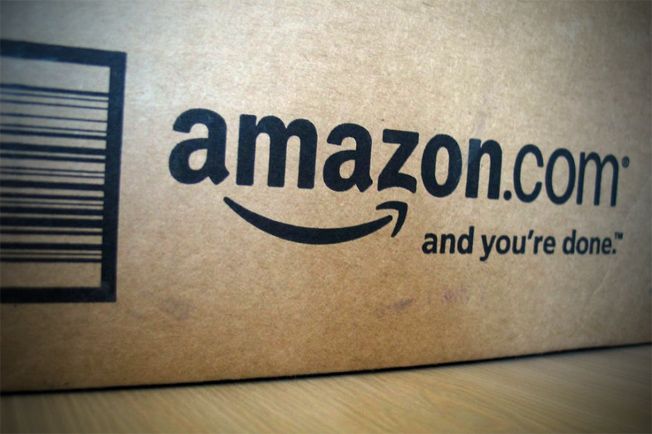Euro hits 2-months low - Daily Market Review - 23/10
- Donald Herison
- English
- MARKETS NEWS
- Hits: 1466

1. U.S. stocks opened higher on Friday after a surprise interest rate cut in China added to a broad rally driven by strong quarterly results from Alphabet, Microsoft and Amazon.
China's central bank cut interest rates for the sixth time since November on Friday in another attempt to jumpstart a slowing economy.
"Some of the worst fears associated with China were put to bed at least temporarily," said Ernie Cecilia, chief investment officer of Bryn Mawr Trust.
Global markets rose again, a day after the European Central Bank signaled that it was ready to extend its stimulus plan.
2. China's central bank cut interest rates for the sixth time since November on Friday, and it again lowered the amount of cash that banks must hold as reserves in another attempt to jumpstart a slowing economy.
China's monetary policy easing is at its most aggressive since the 2008/09 global financial crisis, underscoring concerns within Beijing about the health of the world's second-largest economy.
3. The euro erased gains against the U.S. dollar on Friday, falling to a two-month lows as hints of additional stimulus measures by the European Central Bank overshadowed the release of positive economic reports from the euro zone earlier in the day.
EUR/USD pulled away from 1.1140, the session high, to hit 1.1023 during U.S. morning trade, declining 0.74%.
The pair was likely to find support at 1.0959, the low of August 11 and resistance at 1.1140, the session high.
The single currency was hit after ECB President Mario Draghi said the central bank will "reexamine" its monetary policy in December, hinting at the possibility for further easing measures.
4. The U.S. dollar rose to three-week highs against its Canadian counterpart on Friday, after the release of disappointing inflation data from Canada and as optimism over the health of the U.S. economy continued to support the greenback.
USD/CAD hit 1.3192 during early U.S. trade, the pair's highest since October 2; the pair subsequently consolidated at 1.3179, climbing 0.66%.
The pair was likely to find support at 1.2930, the low of October 20 and resistance at 1.3176, the high of October 5.
5. New revenue streams such as mobile and video advertising should continue to propel earnings of Google parent Alphabet Inc (O:GOOGL), whose shares were set to open at a record high on Friday following better-than-expected results, analysts said.
The company's search traffic on mobiles surpassed desktop traffic worldwide for the first time in the latest quarter.
Alphabet's shares were up nearly 10 percent at $746.95 in premarket trading, far above the $713.33 record high set by Google - the company's former name - in regular trading in July.
A 10 percent rise equates to about $46 billion in market value. This would give Alphabet a market cap of about $519 billion, cementing its position as the second-most valuable stock after Apple Inc (O:AAPL), worth about $660 billion.
Ask us about our FREE financial advice program: ![]()
Other Top Stories:
Technical Analysis Lesson 1 - Introduction
How I Made Over $30,000 a Year by Investing in Binary Options
Follow us and SHARE this story on Facebook: ![]()













